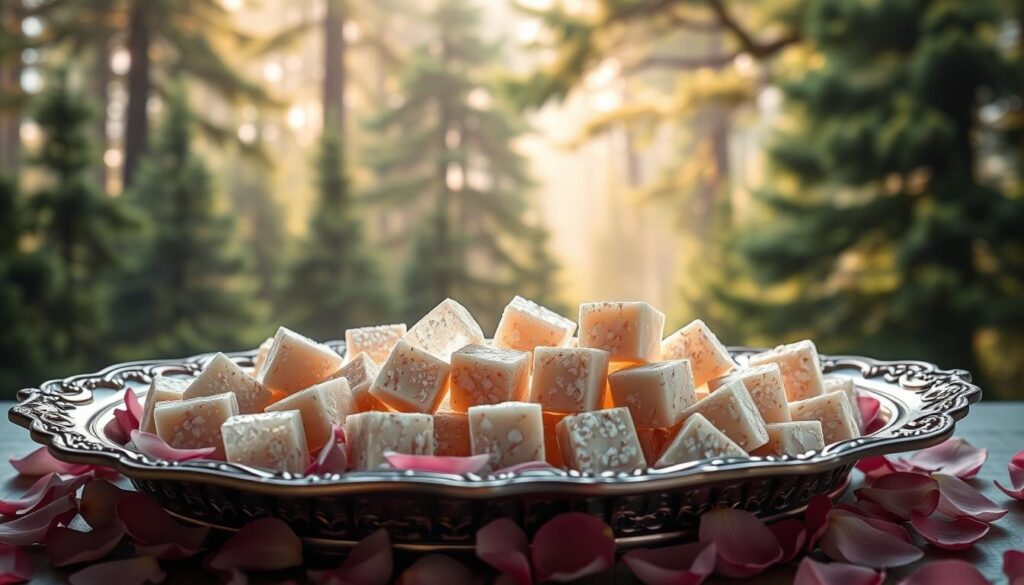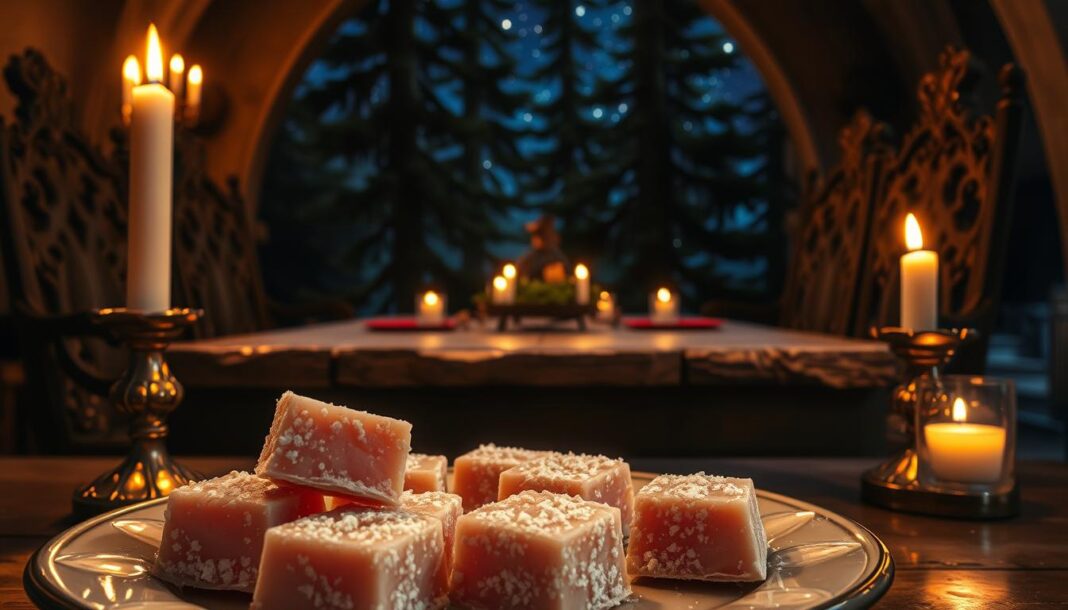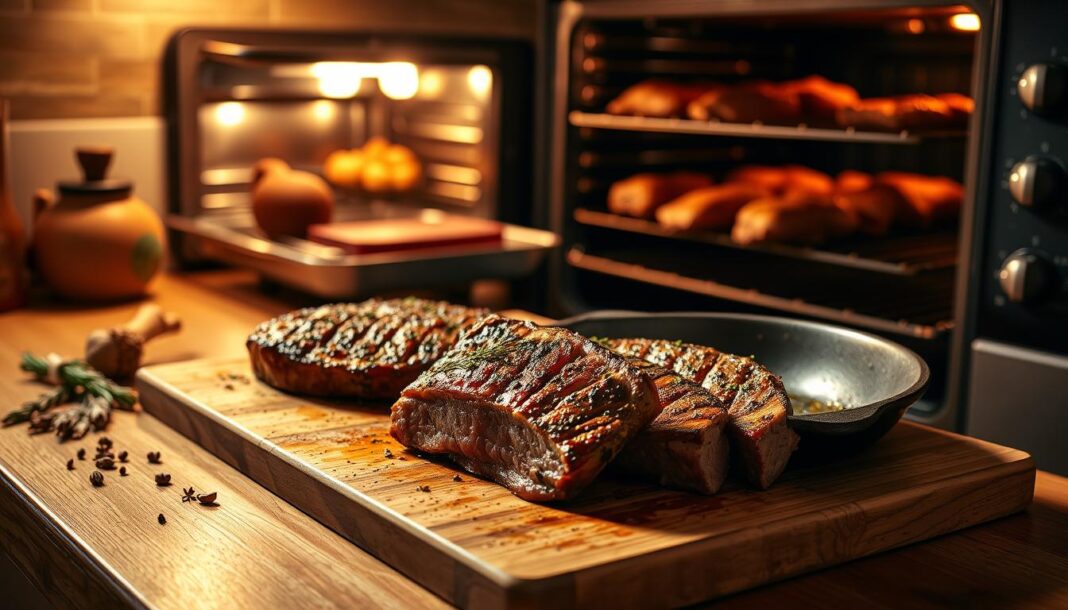In C.S. Lewis’s timeless classic, The Lion, the Witch and the Wardrobe, the White Witch’s temptation of Edmund Pevensie with Turkish Delight is a pivotal moment that has captivated readers for generations. This enchanting confection, with its soft, melting, and perfectly sweet texture, has become an integral part of the narrative, symbolizing temptation and manipulation. As we explore the fascinating intersection of literature and confectionery, we uncover the cultural significance of Turkish Delight, from its origins in Ottoman courts to its resurgence in popularity following the Narnia books and film adaptations. The 2005 release of The Lion, the Witch and the Wardrobe feature film further cemented its place in popular culture. For a deeper dive into the history and cultural impact of Turkish Delight, visit our article on Turkish Delight and Narnia.
We will examine how C.S. Lewis chose Turkish Delight as the White Witch’s temptation tool and what this reveals about the book’s themes and symbolism. By understanding the significance of this sweet treat, we can gain a deeper appreciation for the literary craftsmanship of The Chronicles of Narnia series.
Key Takeaways
- Turkish Delight plays a significant role in The Lion, the Witch and the Wardrobe as a symbol of temptation.
- The confection has a rich history, originating in Ottoman courts.
- C.S. Lewis’s choice of Turkish Delight reflects the book’s themes and symbolism.
- The treat has become a cultural phenomenon, influenced by the Narnia series.
- Turkish Delight’s unique texture and flavor have captivated readers and audiences alike.
The Enchanting Allure of Turkish Delight in Narnia
In the enchanting world of Narnia, Turkish Delight serves as more than just a sweet treat; it’s a symbol of the White Witch’s magic and manipulation. The White Witch uses Turkish Delight to tempt Edmund Pevensie, one of the four Pevensie children, into betraying his siblings. This pivotal scene is crucial in understanding the allure of temptation and sin in C.S. Lewis’s Christian allegory.

Edmund’s Temptation by the White Witch
Edmund’s encounter with the White Witch and his subsequent temptation by Turkish Delight is a critical moment in The Chronicles of Narnia. The White Witch’s promise of more Turkish Delight proves to be a powerful inducement, leading Edmund to betray his siblings. We examine the psychological aspects of this temptation, exploring why the promise of this sweet treat was enough to overcome Edmund’s loyalty to his family.
C.S. Lewis’s Symbolic Use of the Sweet
C.S. Lewis’s choice of Turkish Delight as the treat of temptation is deliberate and symbolic. The exotic nature of Turkish Delight in post-war Britain, combined with its symbolic qualities, makes it the perfect bait for the White Witch’s manipulation. We discuss how Turkish Delight functions as a parallel to biblical temptation narratives, such as the forbidden fruit in Eden, and how it has become one of literature’s most memorable food moments, creating a lasting association between the confection and moral weakness.
The magical qualities attributed to the Narnian version of Turkish Delight, including its potential addictive nature, further emphasize its symbolic significance in the story. By analyzing these elements, we gain a deeper understanding of the role Turkish Delight plays in The Chronicles of Narnia, and how it contributes to the narrative’s exploration of temptation and morality.
What Exactly Is Chronicles of Narnia Turkish Delight?
Turkish Delight, a sweet treat mentioned in The Chronicles of Narnia, has a rich history that predates the fantasy series. This confectionery delight has been a staple in Middle Eastern cuisine for centuries, captivating the taste buds of many.

Traditional Turkish Delight Origins
Traditionally known as “lokum,” Turkish Delight originated in the Ottoman Empire in the late 18th century. It is made by heating a mixture of sugar and starch, typically cornstarch, until it thickens into a gel. This gel is then flavored with various essences, such as rosewater, and sometimes includes nuts like pistachios or walnuts.
The Authentic Ingredients and Flavors
The authentic preparation of Turkish Delight involves carefully cooking a mixture of sugar and water to create a syrup, which is then combined with a cornstarch slurry. The resulting gel is flavored with traditional essences like lemon, orange, or rose, giving Turkish Delight its distinctive taste. The use of sugar and starch helps balance the sweetness, allowing the flavors to shine through.
How the Literary Version Differs from Reality
While C.S. Lewis’s depiction of Turkish Delight in The Chronicles of Narnia is enchanting, it differs from the real-world confectionery. In the series, Turkish Delight is portrayed as a magical candy that tempts Edmund, whereas in reality, it’s a traditional food enjoyed for its unique texture and flavors. The literary version is often associated with luxury and exoticism, reflecting its perception in 1940s Britain.
Creating Magical Turkish Delight at Home

Embark on a culinary journey to recreate the enchanting Turkish Delight from The Chronicles of Narnia in the comfort of your own kitchen. Making this magical treat is a fun and rewarding process that requires some precision but yields delicious results.
Essential Ingredients for Authentic Flavor
To create authentic Turkish Delight, you’ll need a few key ingredients. Sugar and water form the syrupy base, while a cornstarch slurry is used to thicken and solidify the lokum. Rosewater extract is traditional, but feel free to experiment with other flavors. Powdered sugar is used for dredging, and a touch of citric acid balances the sweetness.
Step-by-Step Cooking Process
The process begins with creating a sugar syrup by combining sugar and water and heating it to the soft ball stage (250°F). Next, a cornstarch slurry is slowly incorporated into the syrup, and the mixture is cooked until it thickens. Finally, flavorings and colorings are added, and the lokum is set at room temperature.
Tips for Perfect Texture and Setting
Achieving the perfect texture is crucial. Ensure the mixture reaches 250°F to avoid a too soft or too hard candy. It’s also important to set the Turkish Delight at room temperature; refrigeration can cause it to “sweat,” affecting the powdered sugar coating.
With patience and practice, you can create your own magical Turkish Delight at home, just like the enchanting treat from Narnia. Experiment with different flavors and enjoy the process of making this beloved candy.
The Cultural Impact of Narnia’s Famous Sweet
The Chronicles of Narnia, particularly “The Lion, the Witch and the Wardrobe,” has had a profound impact on the popularity of Turkish Delight worldwide. This phenomenon is a fascinating example of how literature can influence culinary trends and consumer behavior.
The release of “The Lion, the Witch and the Wardrobe” in 2005 as a feature film came at a time when the fantasy genre was dominating both the box office and bookstores. This timing significantly contributed to the increased popularity of Turkish Delight.
Turkish Delight Sales After Book and Film Releases
Following the publication of the books and especially the release of the 2005 film adaptation, Turkish Delight sales experienced a notable spike. Confectionery companies capitalized on the Narnia connection by creating special packaging and marketing campaigns that referenced the book and film. According to a study on the cultural impact of food in literature, the portrayal of Turkish Delight in Narnia not only boosted its sales but also changed consumer perceptions (Mythlore Journal). As a result, many consumers were introduced to this traditional candy, sometimes with surprising reactions due to the difference between their expectations and the actual taste and texture.
| Year | Event | Impact on Turkish Delight Sales |
|---|---|---|
| 1950 | Publication of “The Lion, the Witch and the Wardrobe” | Initial increase in niche markets |
| 2005 | Release of “The Chronicles of Narnia” film | Significant spike in global sales |
| Present | Ongoing popularity and innovations | Continued demand with diverse flavors |
Modern Interpretations and Variations
In response to the Narnia connection, modern confectioners have introduced various interpretations and variations of Turkish Delight. These include gourmet versions, fusion flavors, and adaptations designed to appeal more to Western palates. The Narnia association has both helped preserve traditional Turkish Delight making and encouraged innovation in the category.
The cultural crossover between literature and food has created a unique legacy that spans literature, film, and culinary traditions. As we explore the impact of Narnia on Turkish Delight, it’s clear that this sweet treat has become an integral part of a broader cultural narrative.
Finding Your Own Taste of Narnia
As we conclude our journey through the world of Chronicles of Narnia Turkish Delight, we invite you to experience the magic for yourself. With the knowledge gained from this article, you’re now equipped to create your own Turkish Delight at home or find the perfect store-bought version.
To address common questions, we’ve compiled some helpful tips. For instance, when making Turkish Delight, you can use gel food coloring for a more vibrant color, and ensure your syrup reaches 250°F for proper setting. Feel free to experiment with different flavorings, like rosewater or lemon, and add-ins such as chopped pistachios or walnuts to make your treats unique.
When enjoying your Turkish Delight, savor the experience – from the powdery exterior to the chewy, aromatic interior. To maintain its quality, store your homemade delights in an airtight container, coated in powdered sugar. Whether you’re a fan of Narnia or just discovering the joy of Turkish Delight, we encourage you to share this magical treat with others and explore other famous literary foods that have captured readers’ imaginations.


